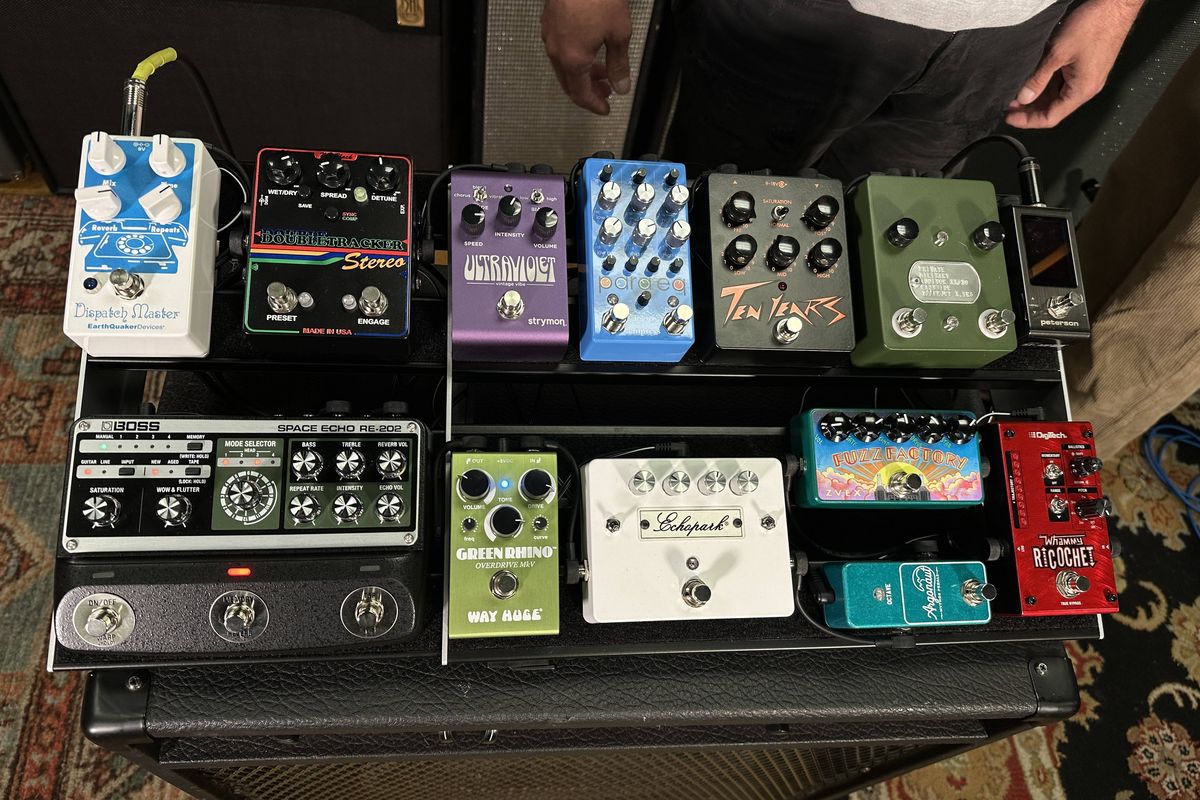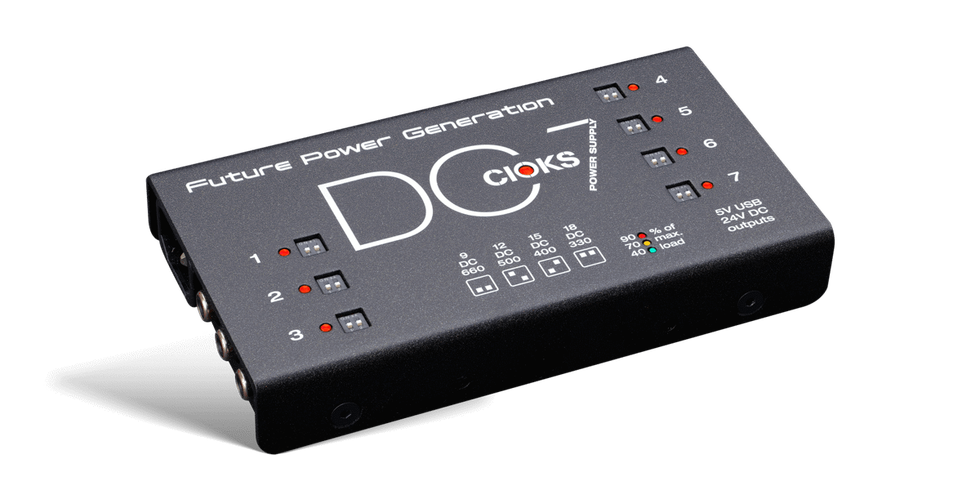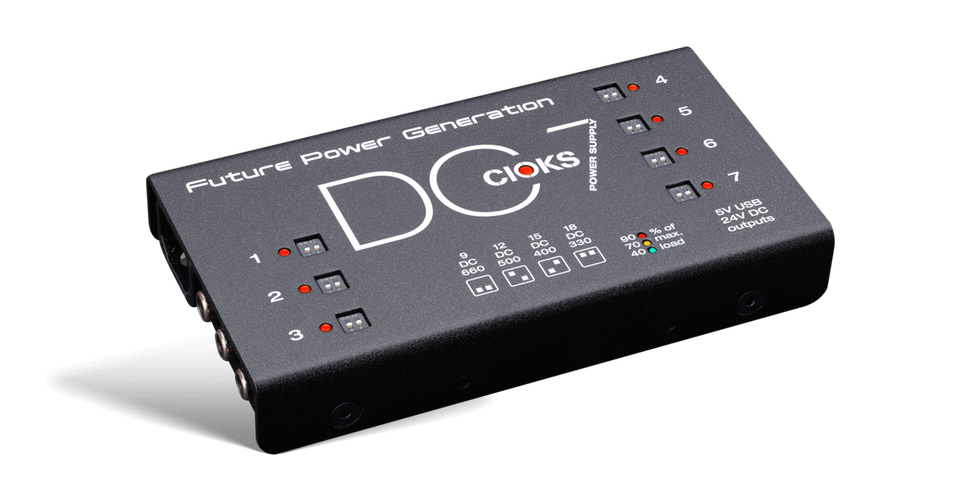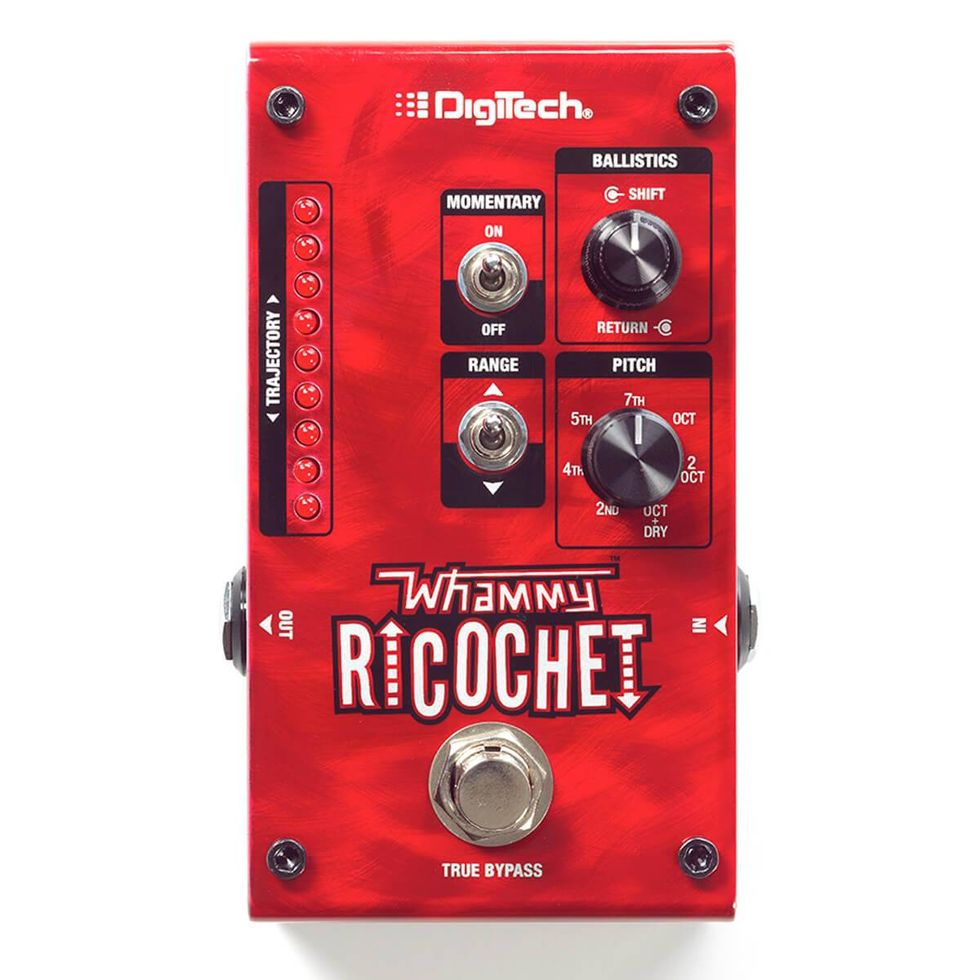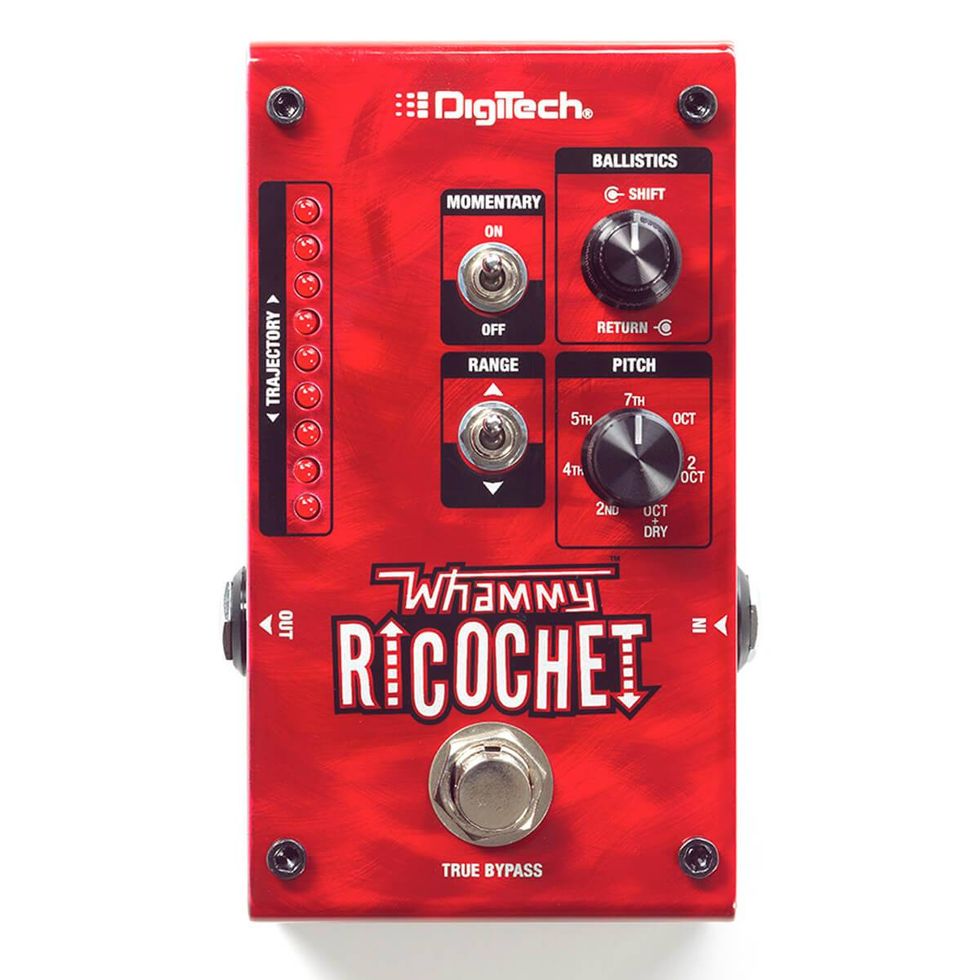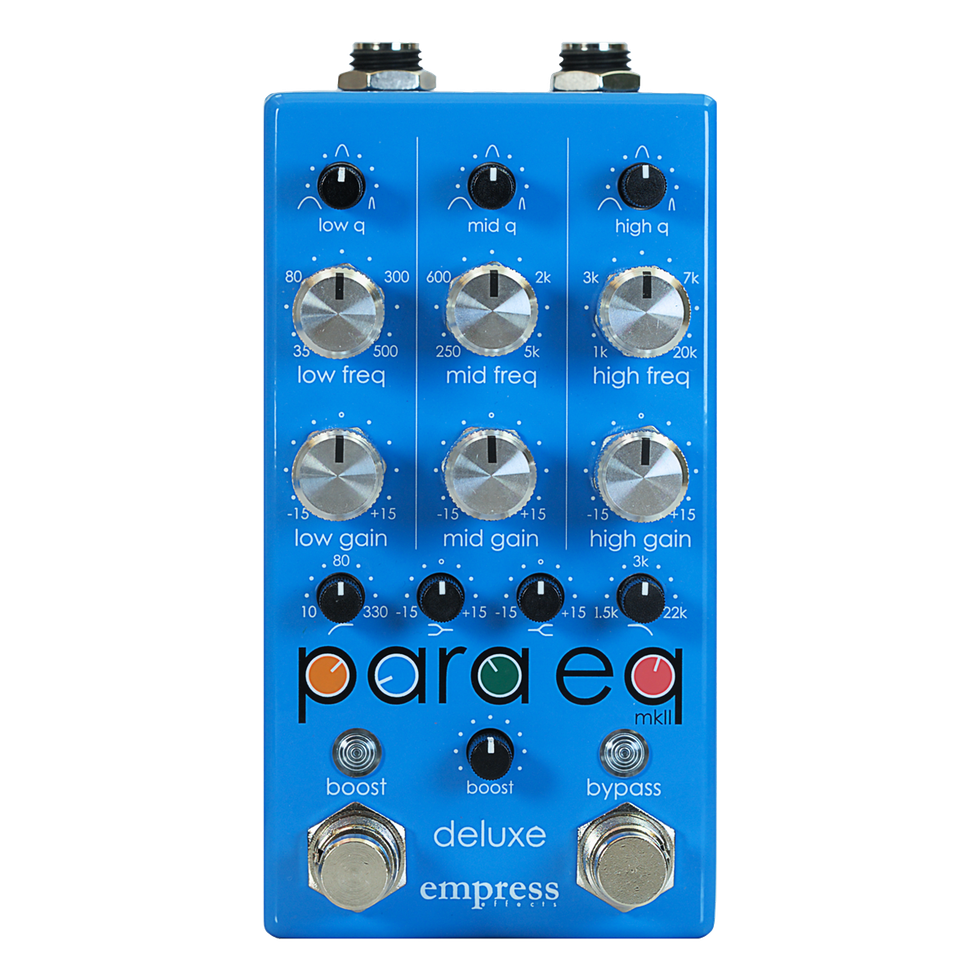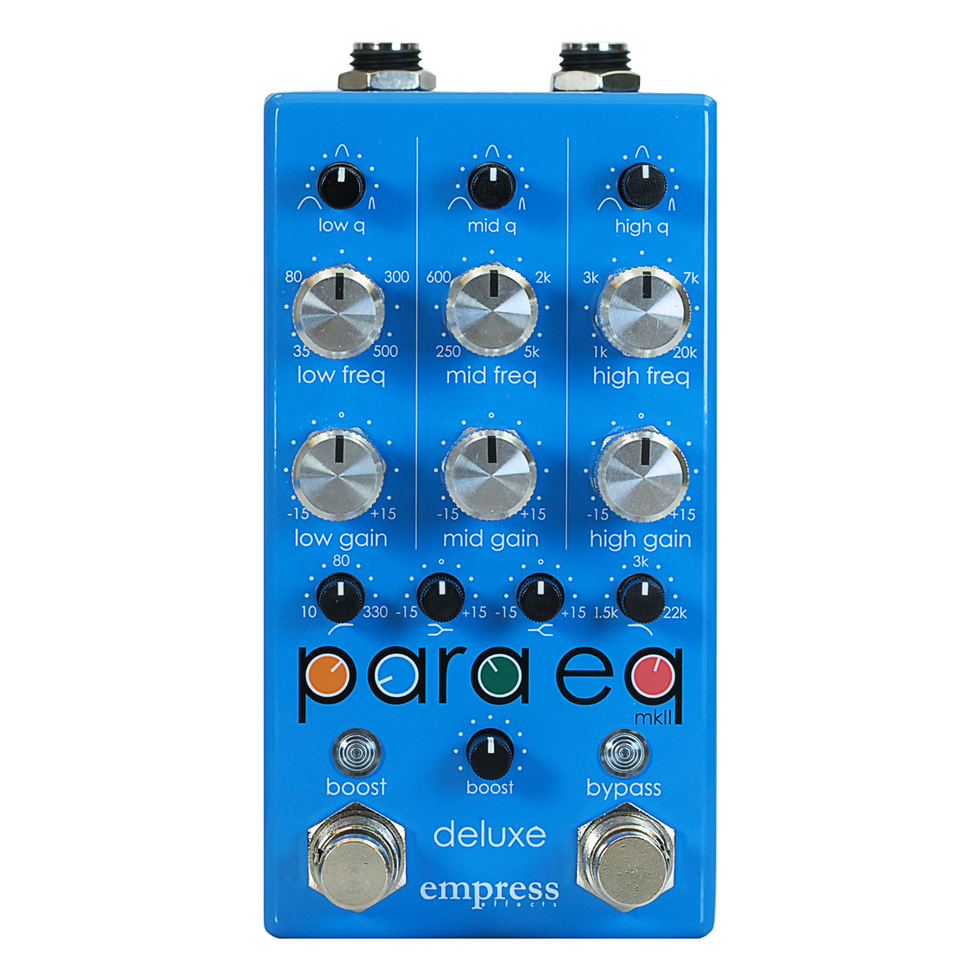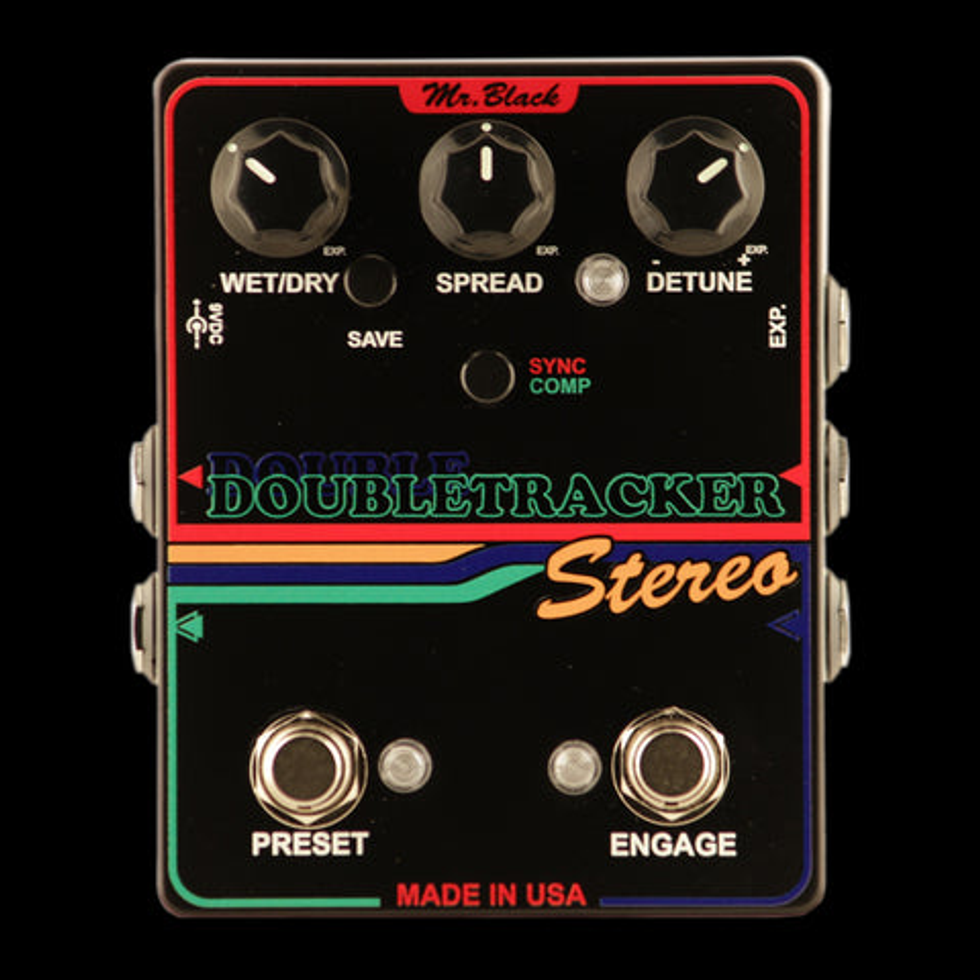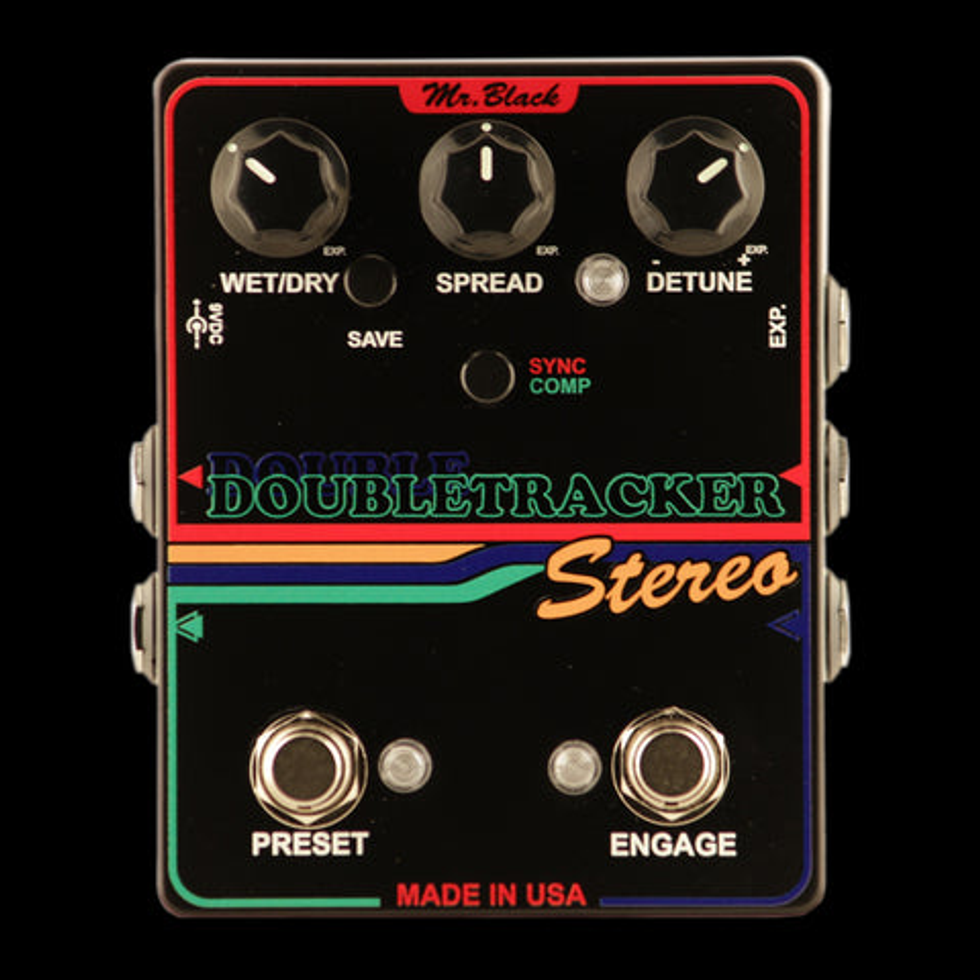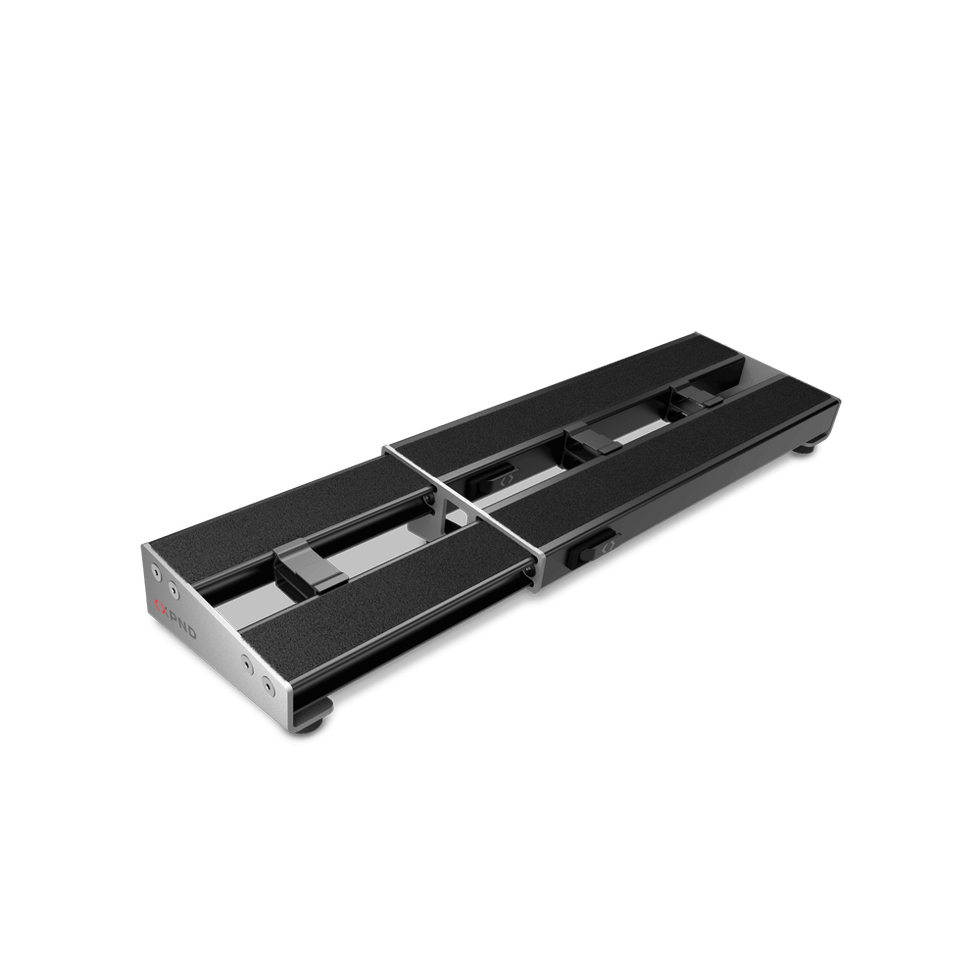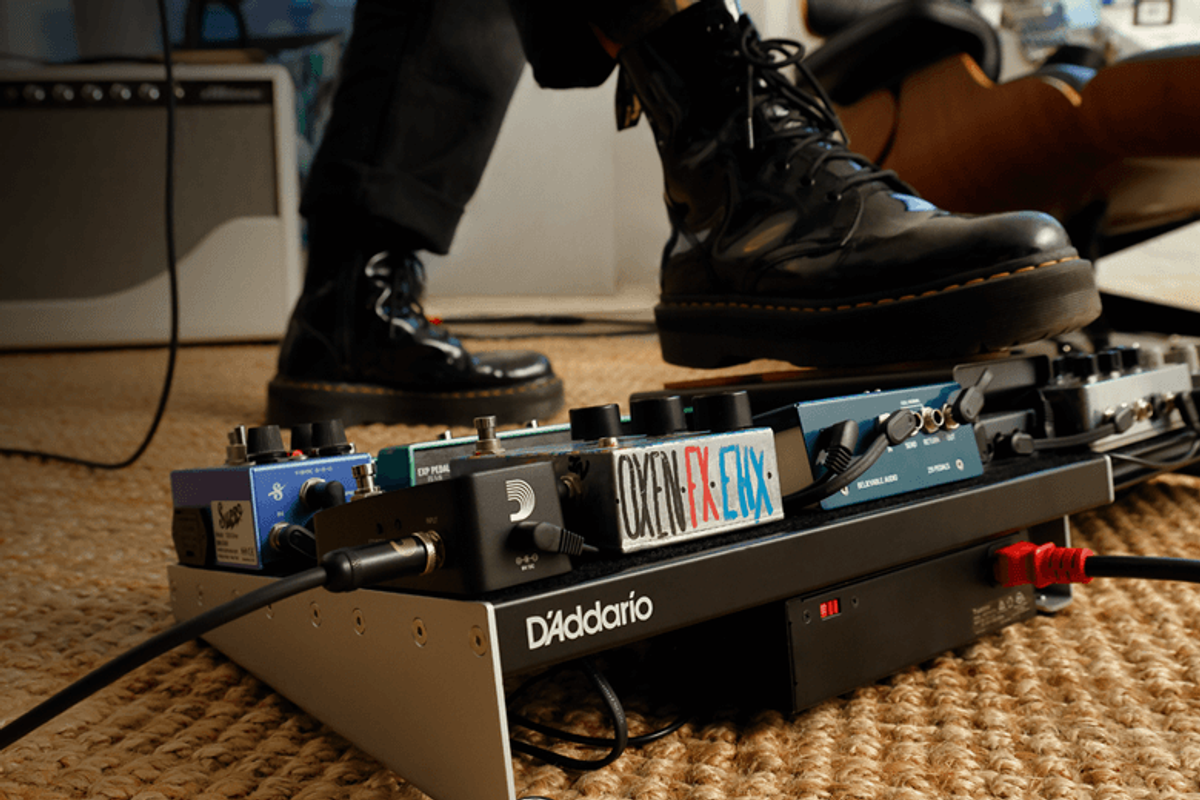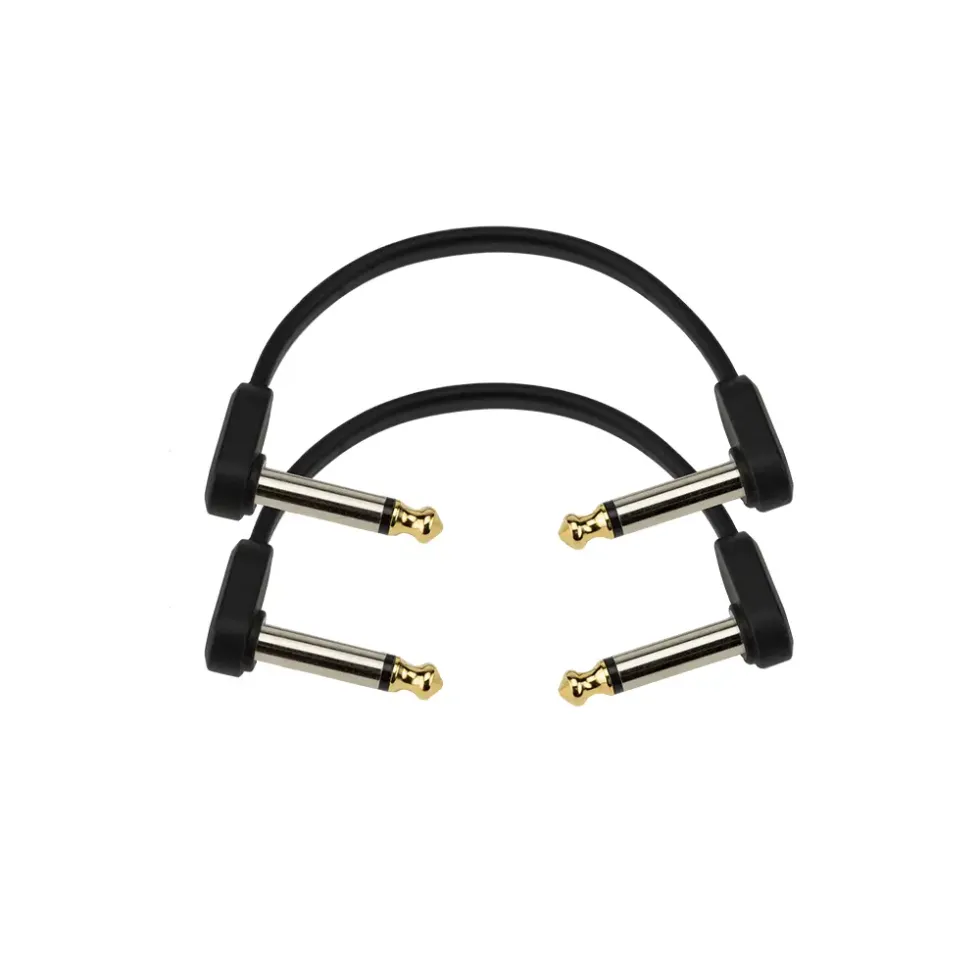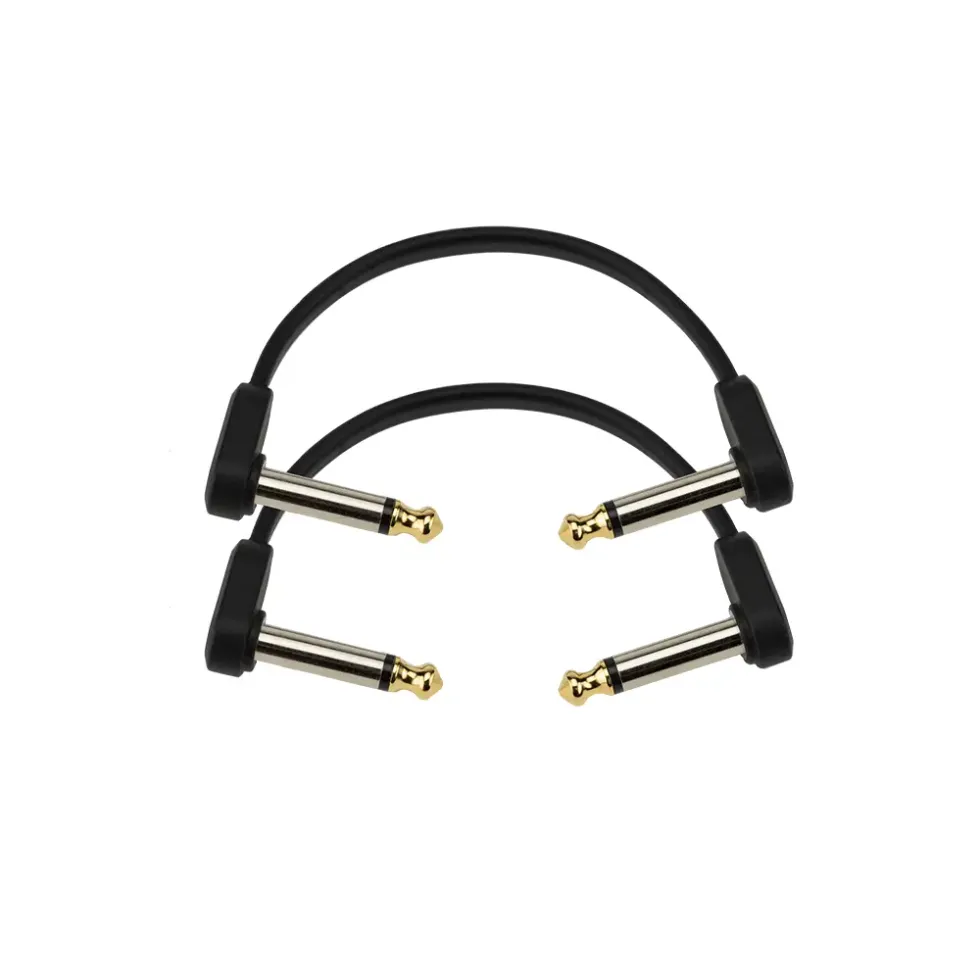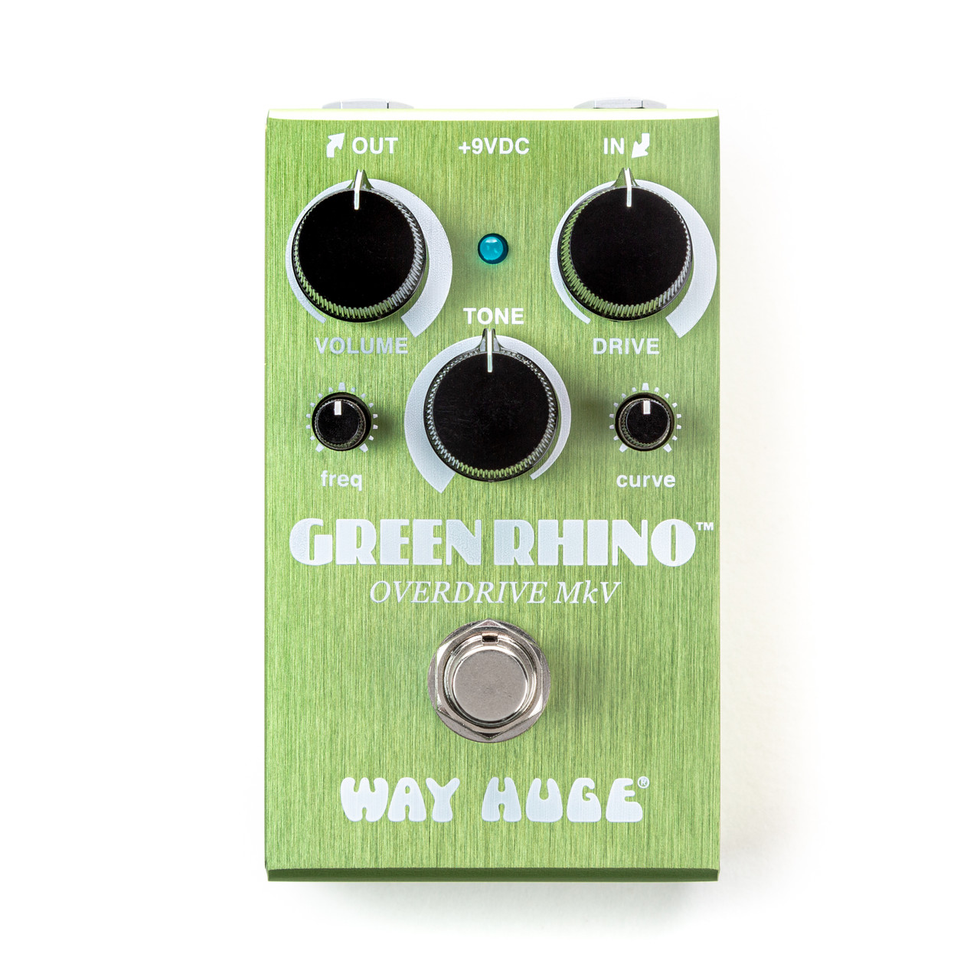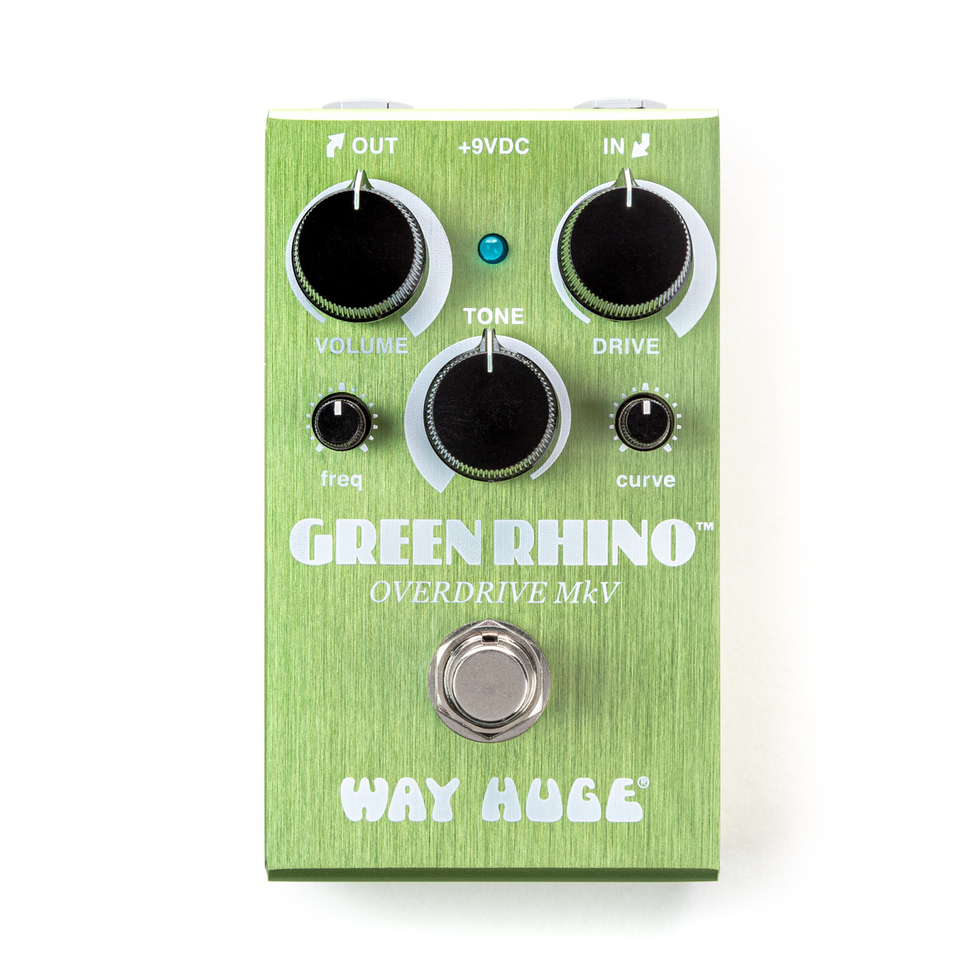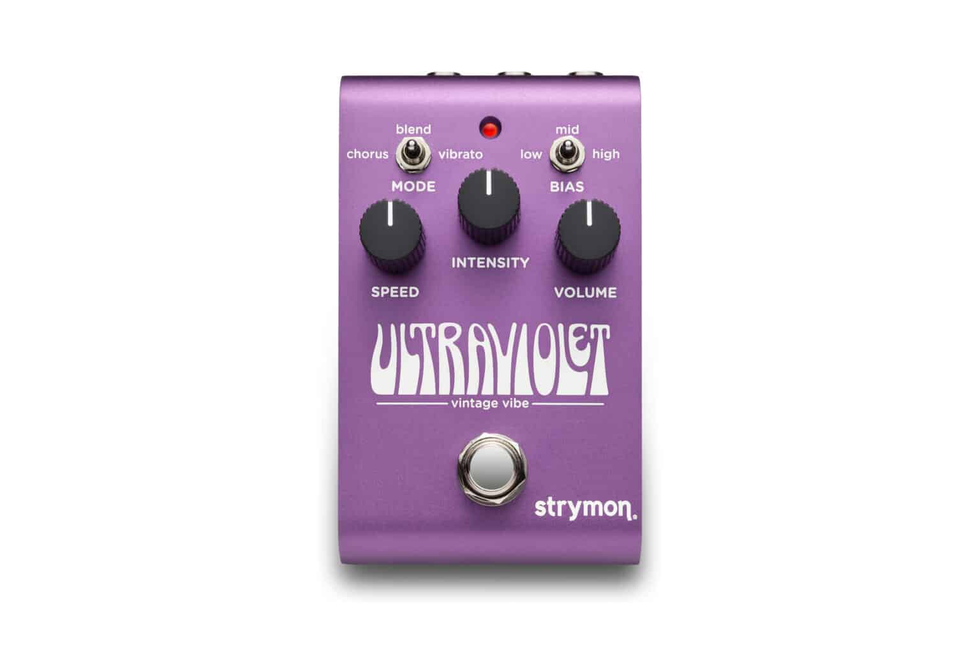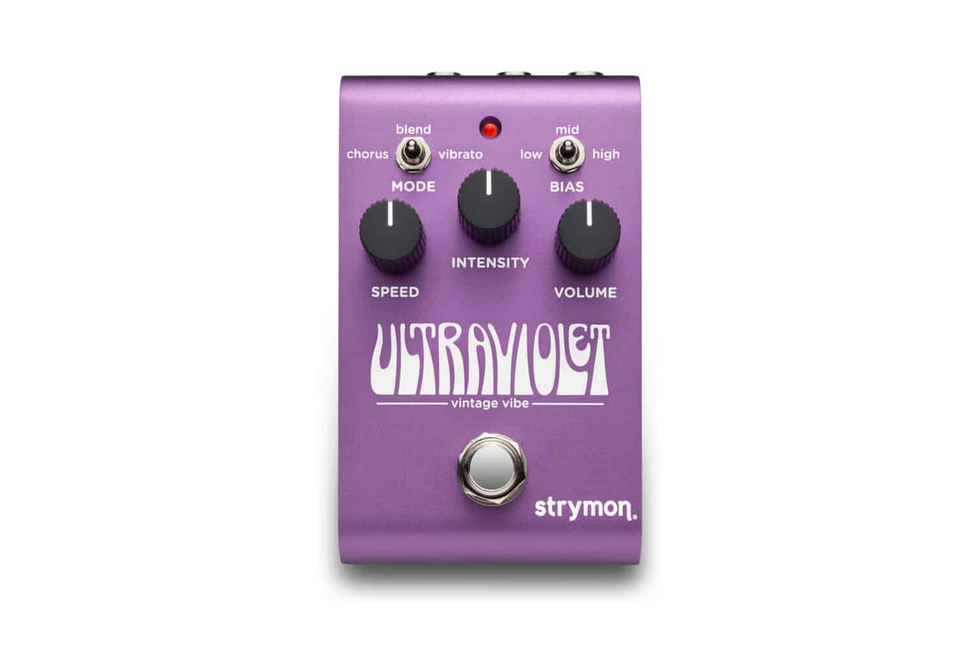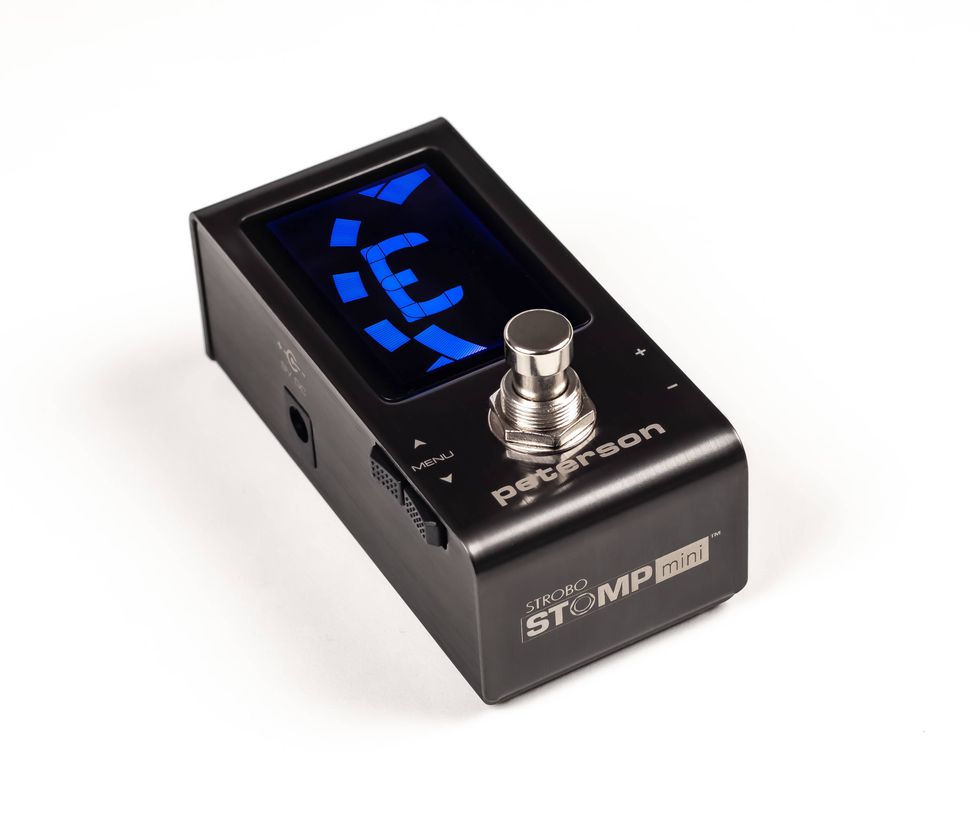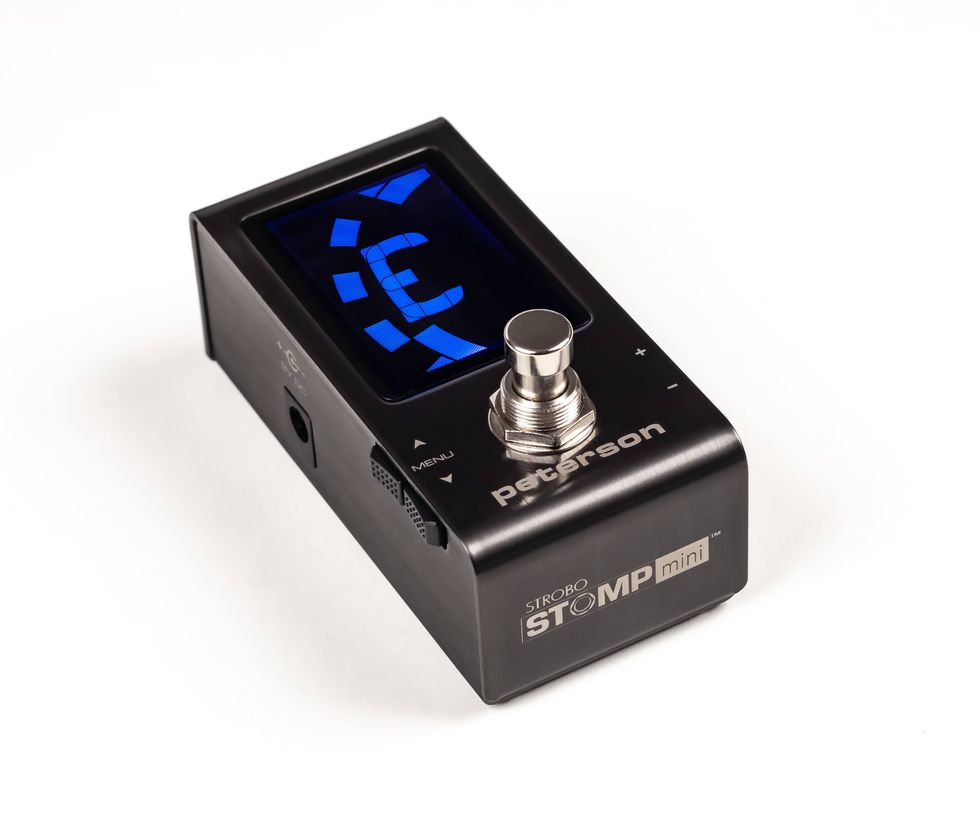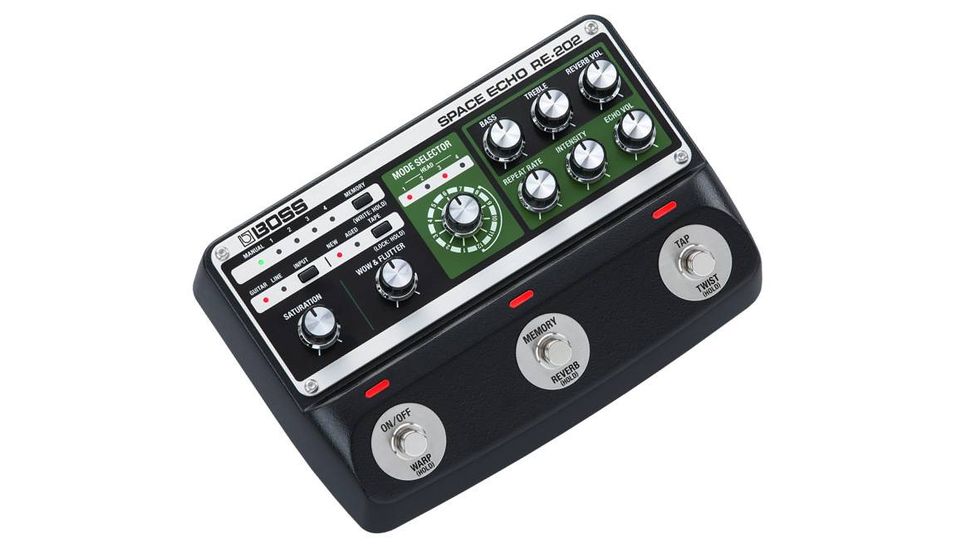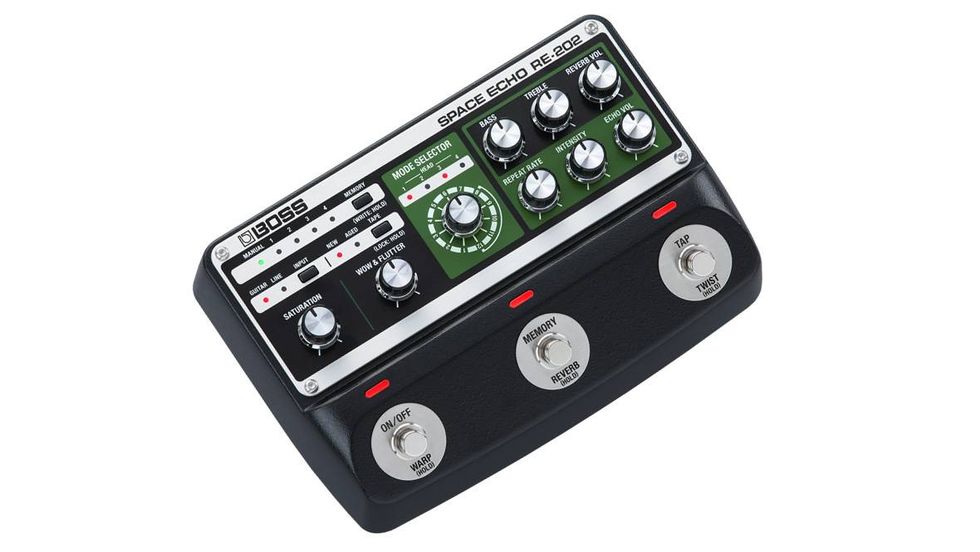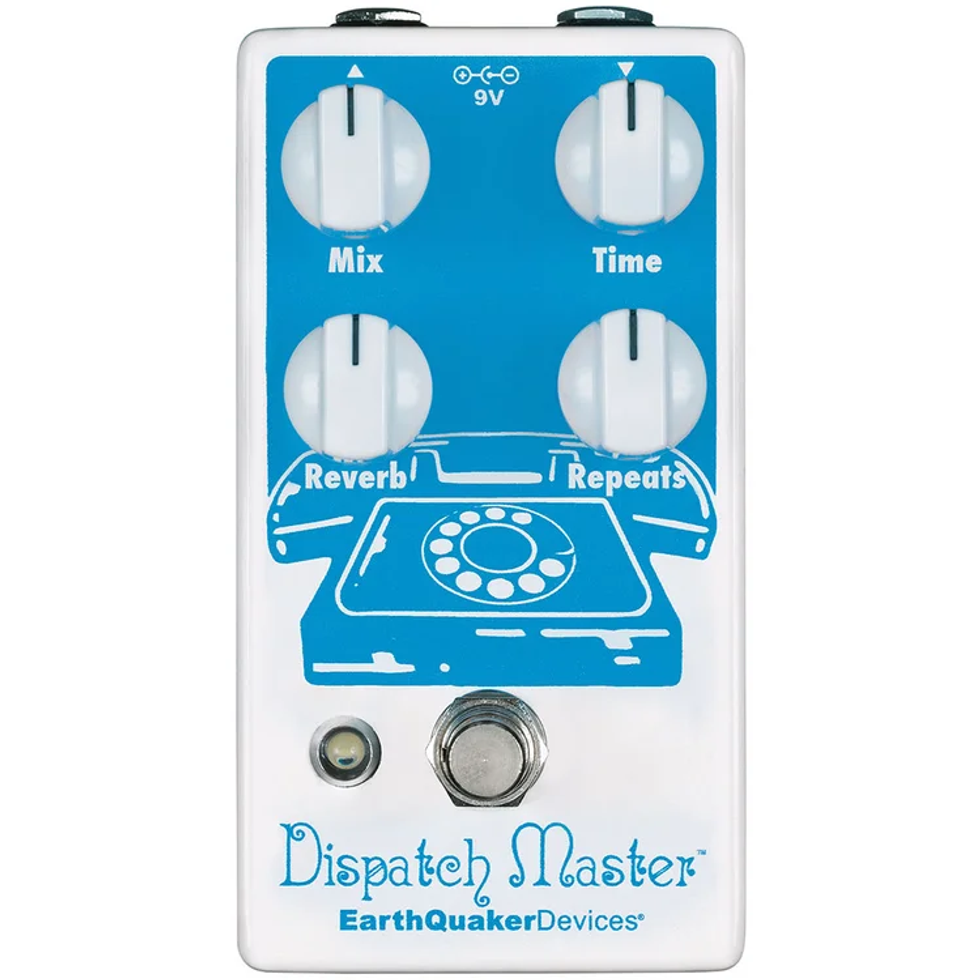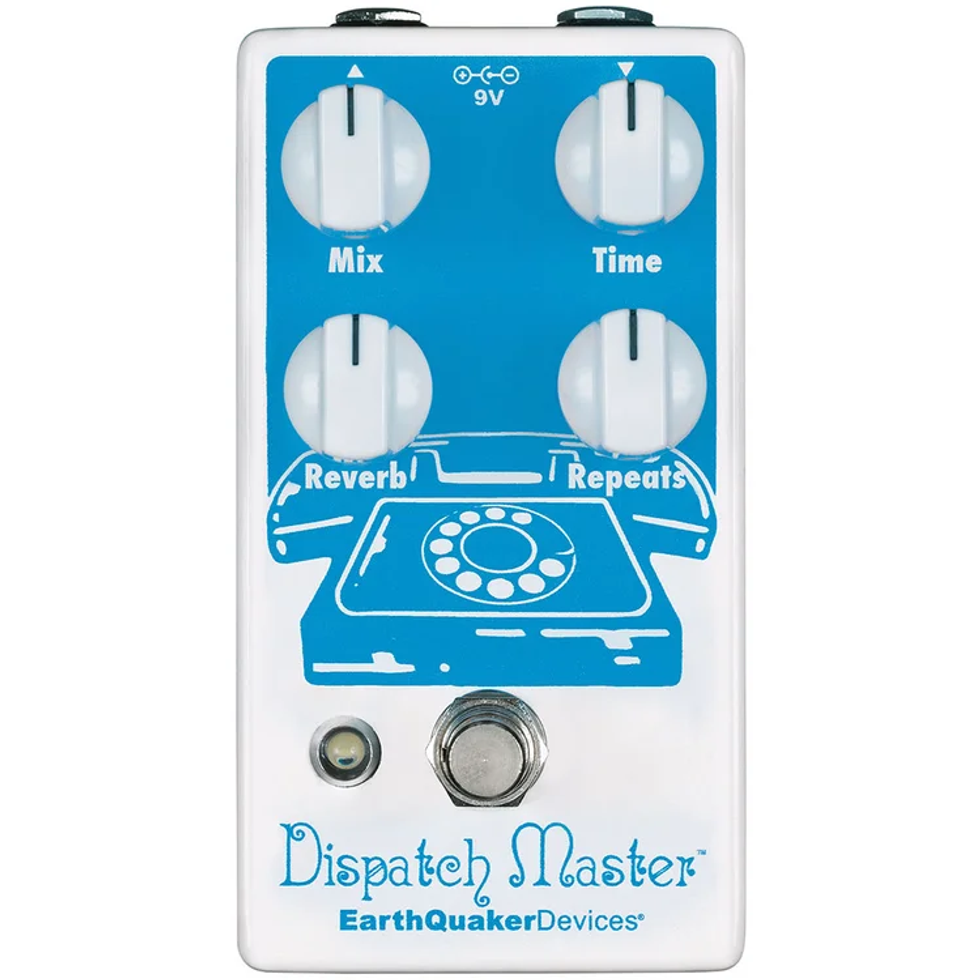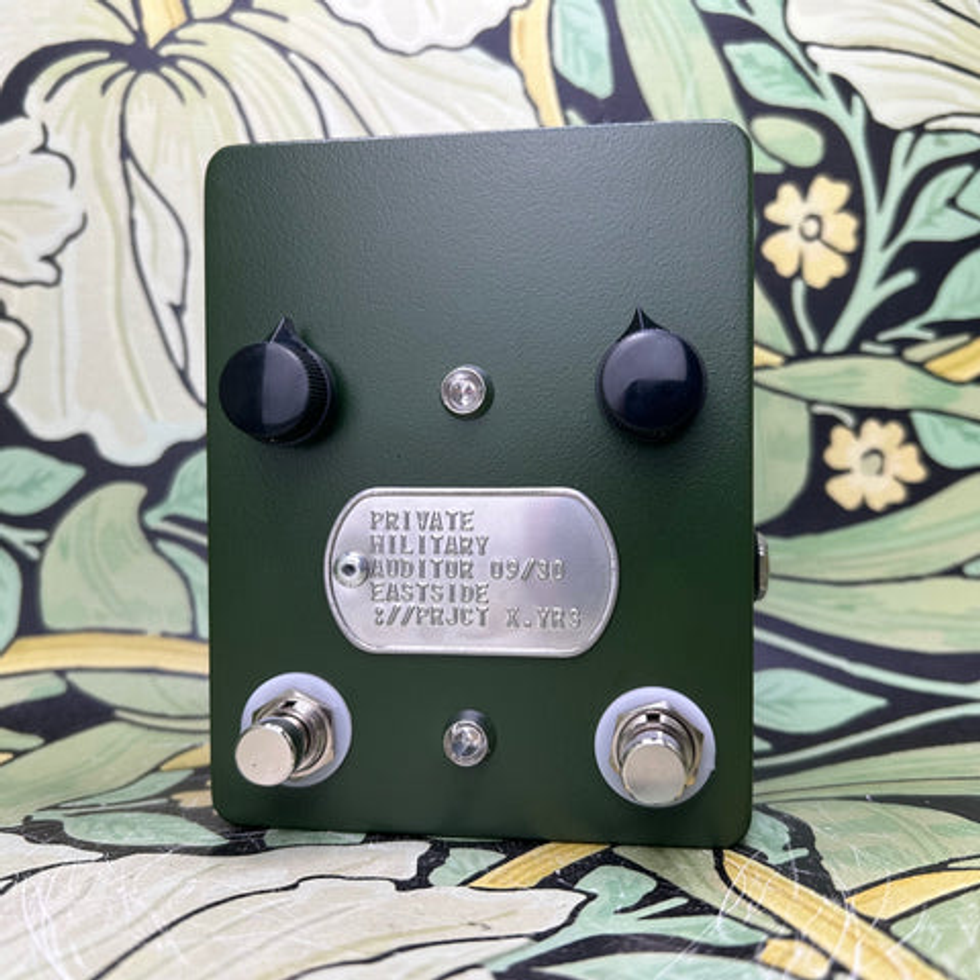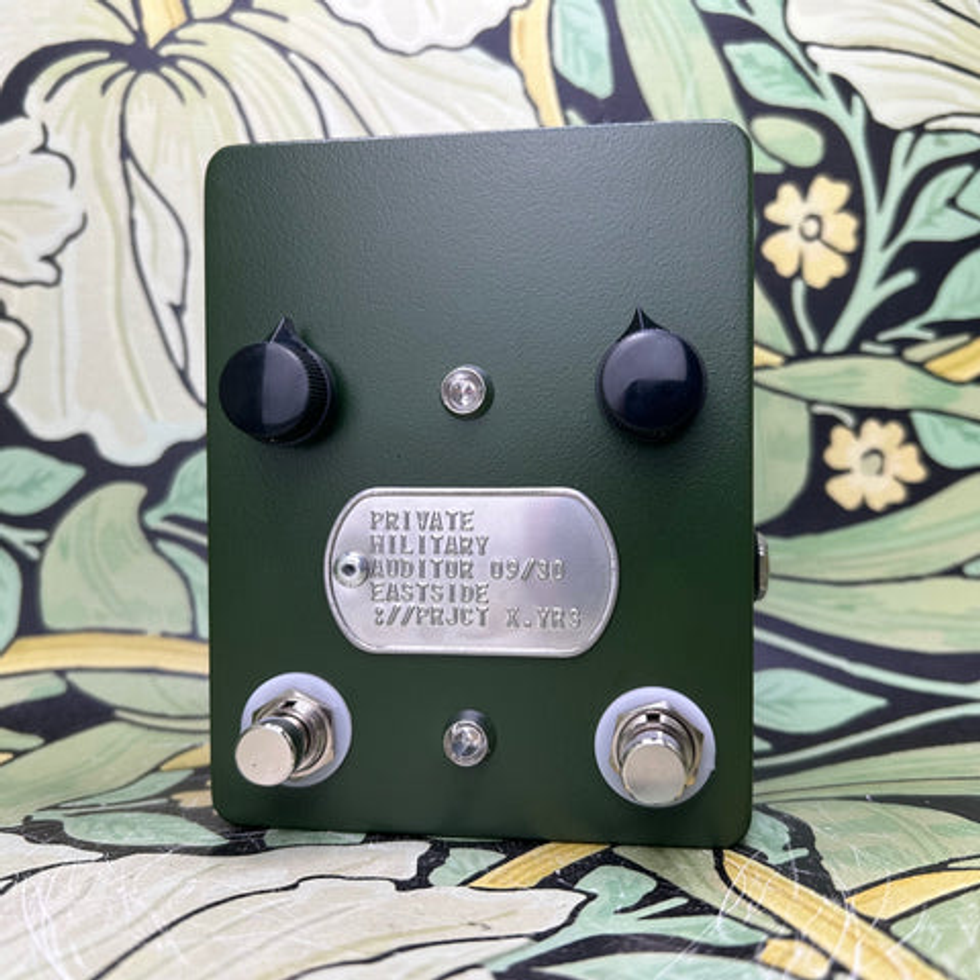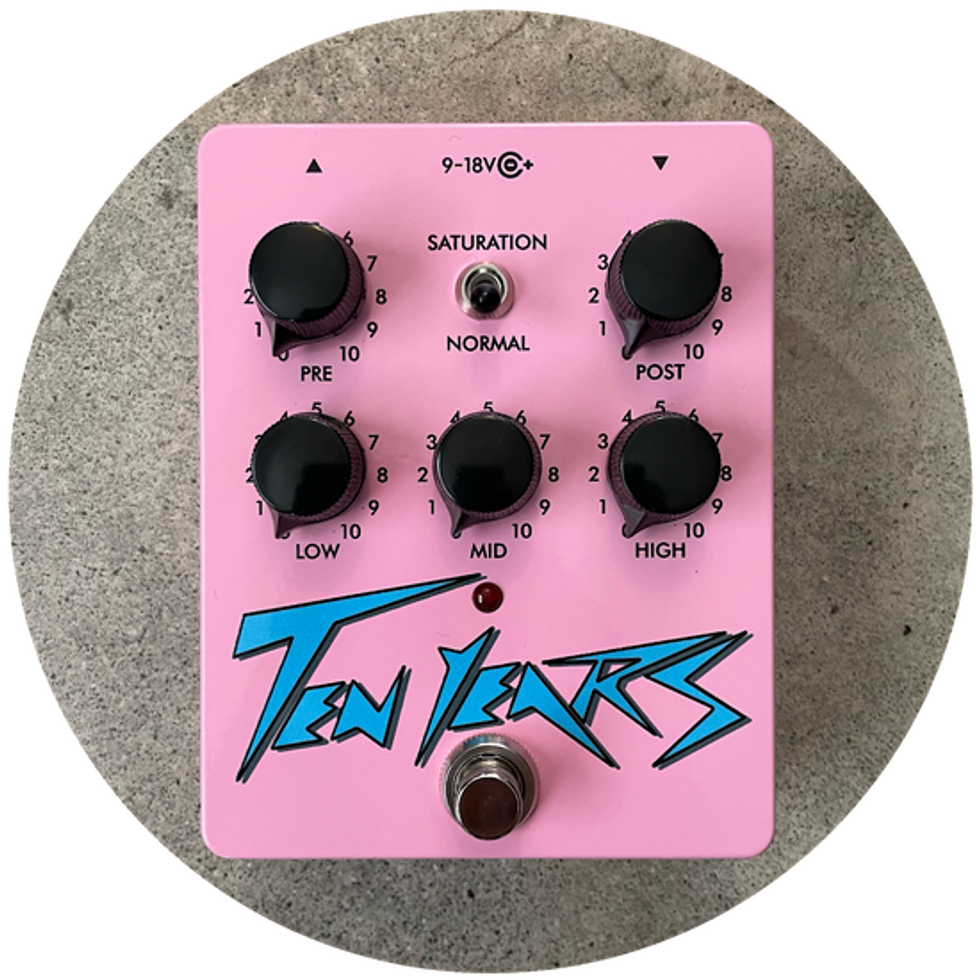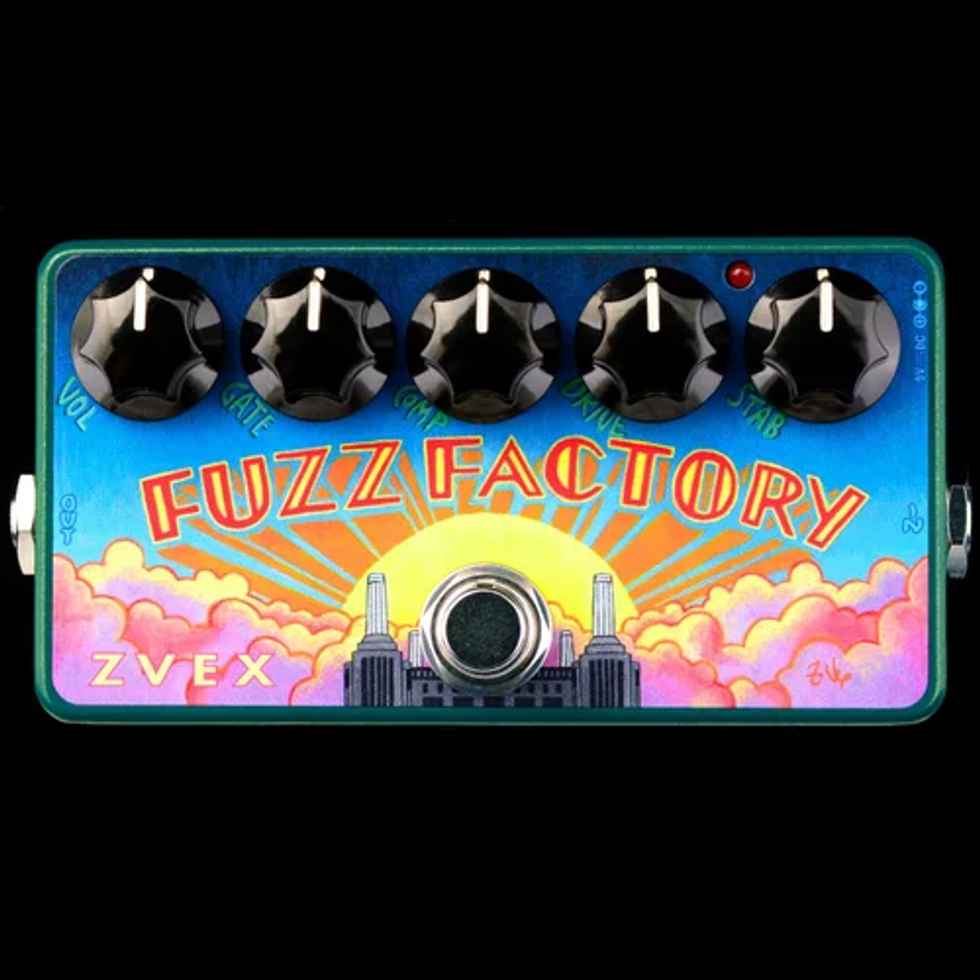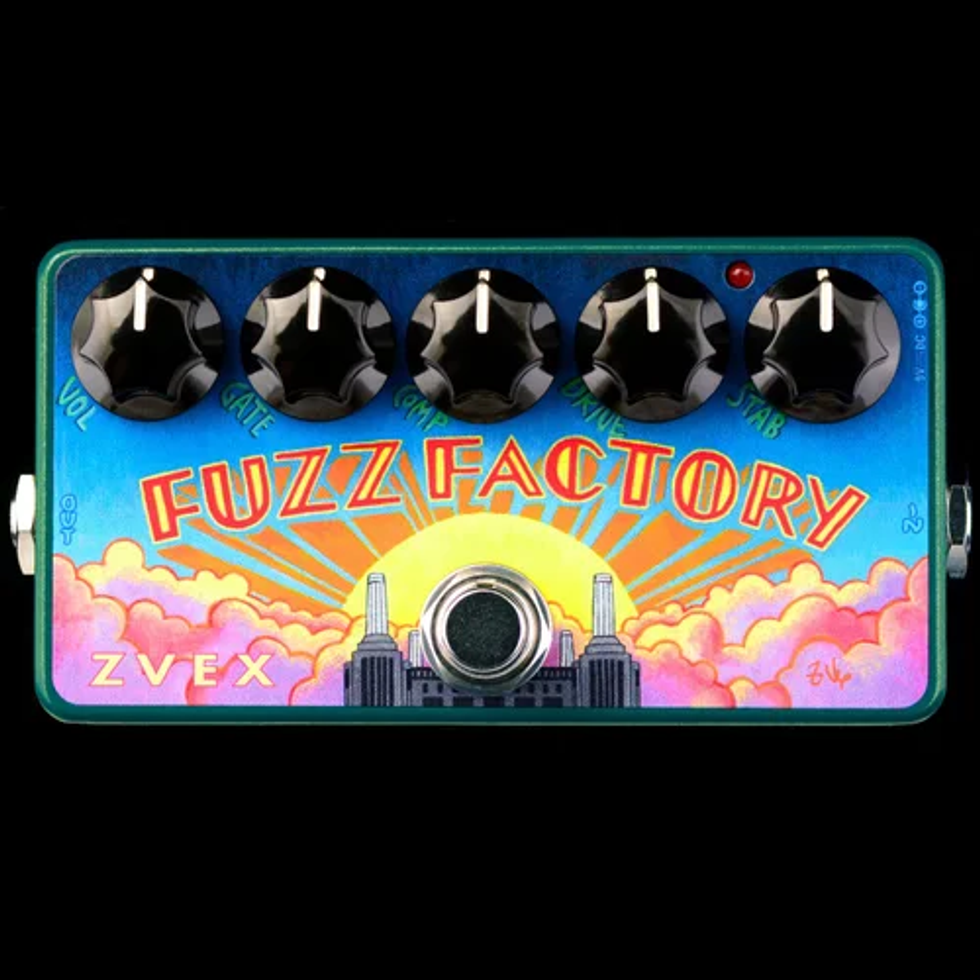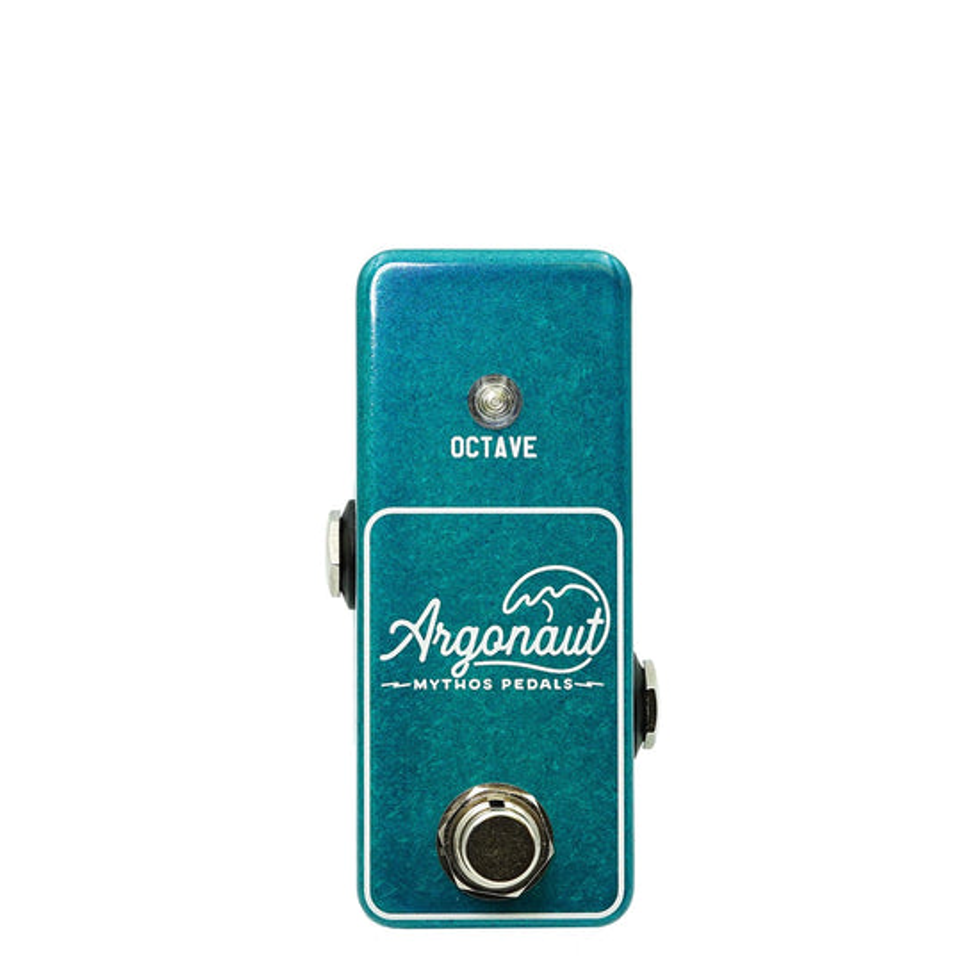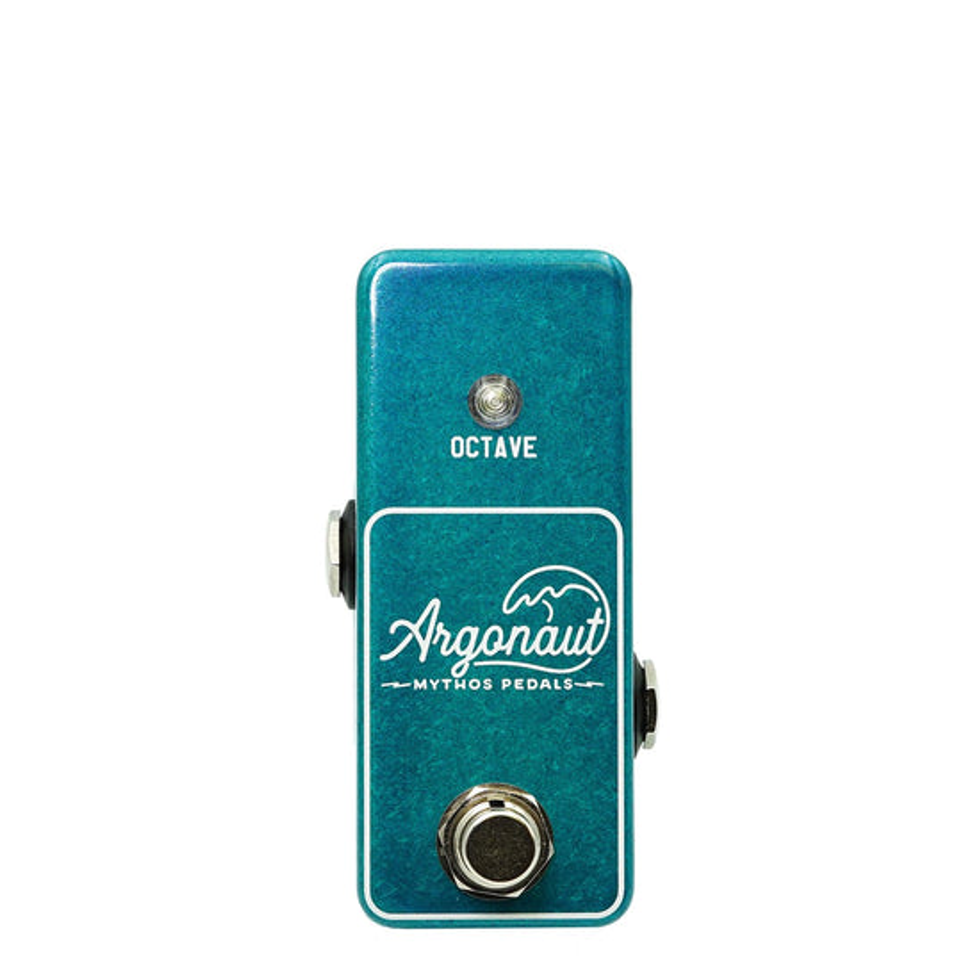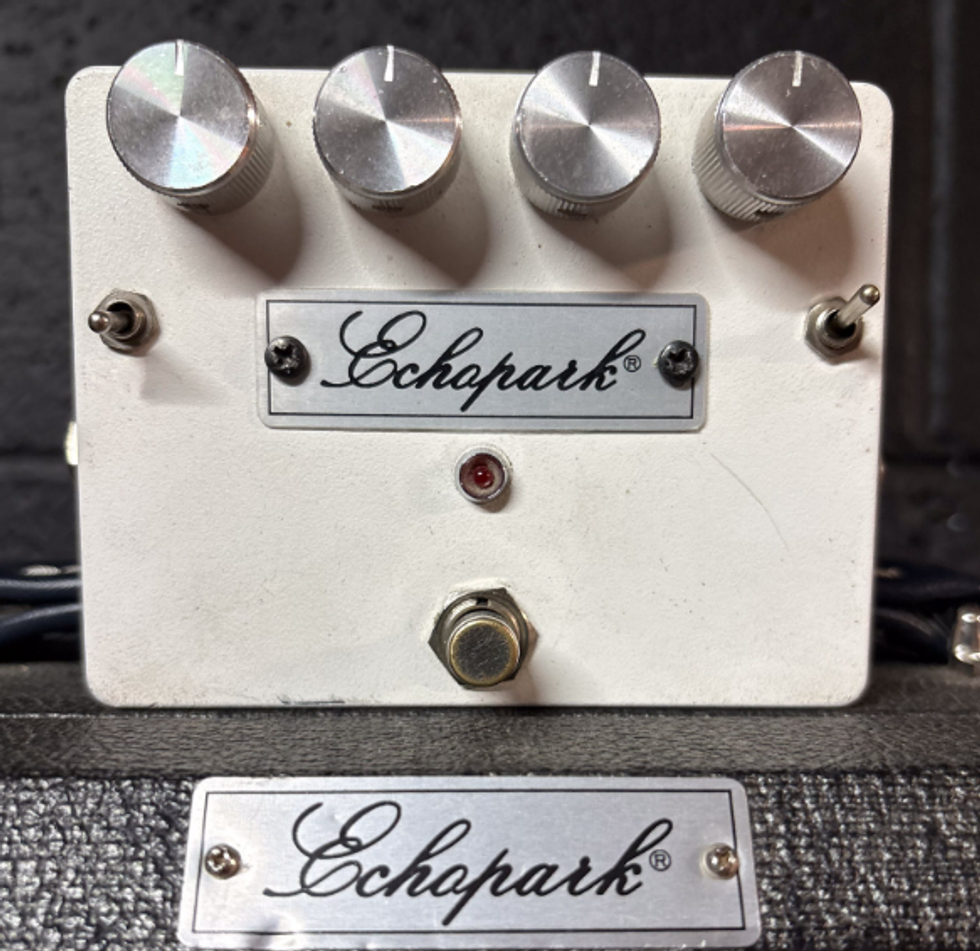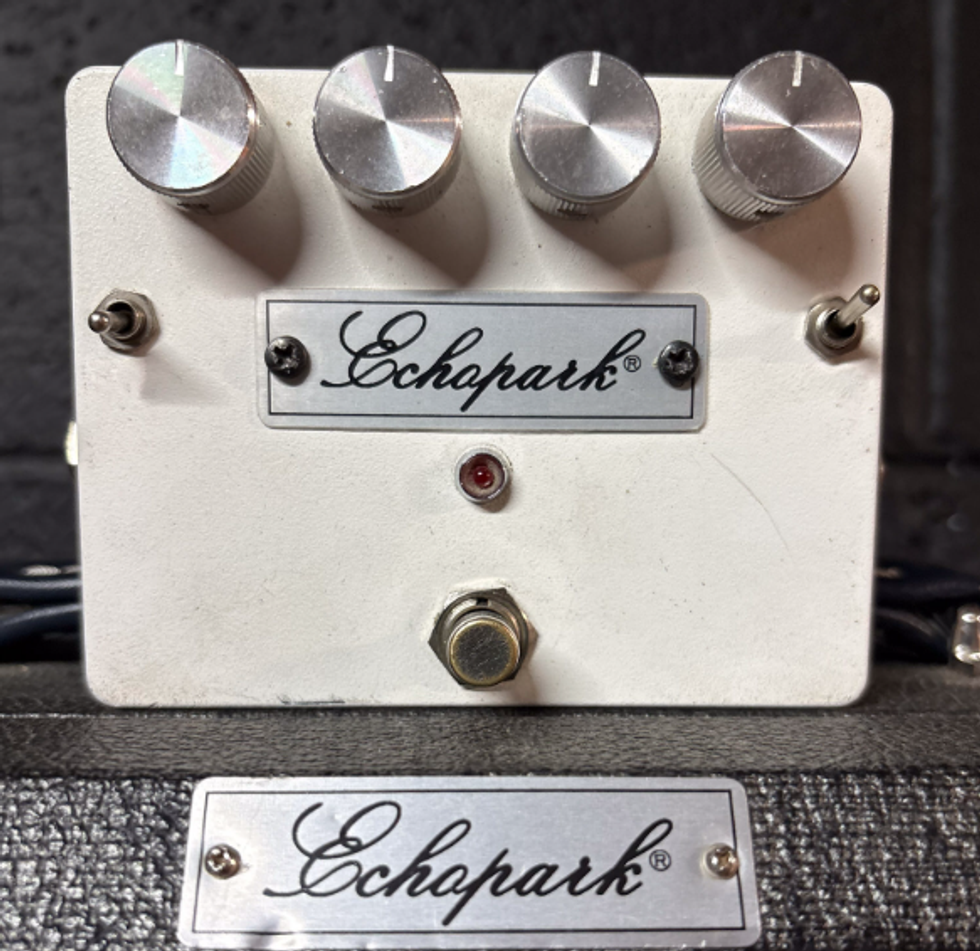Jeff,
My question is on a Marshall amp. Is it more beneficial to have NFB attached to speaker jack or fixed to a specific ohm tap on impedance selector switch such as the 4, 8 or 16 ohm?
Jeff Mannon
Hi Jeff,
Interesting question. Before I answer it, let’s take a basic look at negative feedback and its purpose.
Negative feedback, depending on the circuit design, can be injected into a circuit in a variety of different ways. Regardless of the method chosen, its purpose is to reduce the gain of a circuit in order to prevent distortion. This is accomplished by mixing in a voltage to a signal path that is out of phase with the primary signal. This will cancel a certain percentage of the primary signal, causing it to be reduced. Some amp designs employ a pretty decent amount of this feedback, some considerably less. An amp that is generally known for being a “clean” amp usually employs a good amount. Amps that are characteristically “dirtier” employ considerably less. Now, don’t go running to your tech telling them to remove all the negative feedback from your amp in the hopes of achieving overdrive nirvana! While the amount of negative feedback can be altered, or even made “adjustable” with various modifications, most amps do need some negative feedback for stability purposes, and almost none of them sound good if you remove it all.
Okay, now that we’ve established what negative feedback is used for, we can look at the method of supplying it. In order for the negative feedback to perform a constant degree of distortion reduction, we’d need to assume that the negative signal injected should remain a constant percentage of the primary signal. This means that the signal should remain constant, regardless of what setting is selected on the impedance selector. To achieve this, the signal must come from a specific impedance tap and not the output speaker jack. Let me explain. I’ll use 30 watts as a reference output. The voltage at the output of an amplifier supplying 30 watts to an 8-ohm speaker using an 8-ohm transformer tap should be approximately 15.5 volts. If this same 30 watts is supplied to a 4-ohm speaker utilizing the 4-ohm transformer tap, the voltage will be approximately 10.96 volts. At 16 ohms that 30 watts would be 21.9 volts. Not a very constant voltage, so the degree of distortion reduction would vary depending on the impedance selected. Perfectly okay if you would like the amp to appear dirtier at 4 ohms and cleaner at 16 ohms, but I’m guessing that most players would prefer the amp to have a similar characteristic regardless of which impedance is selected. If the negative feedback remains connected to say the 8-ohm tap, the voltage on that tap will remain relatively constant regardless of which tap is connected to its corresponding load.
Now you know the nature of NFB.
Jeff:
Enjoy your column in Premier Guitar. I have a tube question for you. I have a Fender Bassman 10 combo dated between 1972- 1976. Some info I pulled off the web says this amp (8-ohm model with four 32-ohm speakers wired in parallel) has fixed bias. On the back panel there’s an adjustable plastic pot stem with either “Bias Hum Balance,” or “Hum Balance” written above it (I’m doing this from memory since the amp is not currently on the premises). Is the bias adjustable after all, or is this just something like a switchable ground for polarity or something similar? Thank you!
Sincerely: Brad Taylor
Hi Brad,
There were a few variations of the Bassman 10 made by Fender between 1972 and I believe 1982. Some had one and some had two different types of “hum balance” adjustments. Since you can’t remember the exact labeling of the adjustment, I’ll quickly describe both.
One style of hum balance consists of a pot connected across the 6.3-volt filament voltage, which powers the filaments in the preamp and output tubes. The wiper of this pot is connected to ground. Most filament lines are connected to ground via a center tap in the filament winding of the mains transformer, or through a pair of 100-ohm resistors connected to each side of the 6.3- volt filament winding. This type of hum balance pot allows the resistive style ground connection to be adjustable in order to fine tune out any imbalance that would possibly exist with the standard 100-ohm hum balance resistors. This pot can suffer substantial damage and should be replaced if at some point in the amp’s history it suffered a substantial output tube short.
The other style hum balance consists of a pot which is actually connected to the output tube bias voltage. Each end of the pot is connected to an output tube bias resistor. The wiper is connected to ground via an 18k resistor, with a center tap connected to the negative bias voltage supply. This pot would allow for the fine tuning of bias voltage between output tubes, allowing for the balancing of unbalanced output tubes. With the easily available matched pairs of output tubes available today this pot should be set to exact center so that it supplies equal voltages to each of the output tubes. This, however, does not allow for the overall bias voltage setting, which controls the idle current of the output tubes. In order to achieve an overall adjustment, the 18k resistor connected to the wiper should be replaced by a 10k resistor in series with a 25k pot, which is connected to ground. The fixed 18k value now becomes variable between 10k and 35k enabling the bias voltage to be adjusted into its necessary operating range.
Now you know the hum story.
Jeff Bober
Co-Founder and Senior Design Engineer Budda Amplification jeffb@budda.com or budda.com.
My question is on a Marshall amp. Is it more beneficial to have NFB attached to speaker jack or fixed to a specific ohm tap on impedance selector switch such as the 4, 8 or 16 ohm?
Jeff Mannon
Hi Jeff,
Interesting question. Before I answer it, let’s take a basic look at negative feedback and its purpose.
Negative feedback, depending on the circuit design, can be injected into a circuit in a variety of different ways. Regardless of the method chosen, its purpose is to reduce the gain of a circuit in order to prevent distortion. This is accomplished by mixing in a voltage to a signal path that is out of phase with the primary signal. This will cancel a certain percentage of the primary signal, causing it to be reduced. Some amp designs employ a pretty decent amount of this feedback, some considerably less. An amp that is generally known for being a “clean” amp usually employs a good amount. Amps that are characteristically “dirtier” employ considerably less. Now, don’t go running to your tech telling them to remove all the negative feedback from your amp in the hopes of achieving overdrive nirvana! While the amount of negative feedback can be altered, or even made “adjustable” with various modifications, most amps do need some negative feedback for stability purposes, and almost none of them sound good if you remove it all.
Okay, now that we’ve established what negative feedback is used for, we can look at the method of supplying it. In order for the negative feedback to perform a constant degree of distortion reduction, we’d need to assume that the negative signal injected should remain a constant percentage of the primary signal. This means that the signal should remain constant, regardless of what setting is selected on the impedance selector. To achieve this, the signal must come from a specific impedance tap and not the output speaker jack. Let me explain. I’ll use 30 watts as a reference output. The voltage at the output of an amplifier supplying 30 watts to an 8-ohm speaker using an 8-ohm transformer tap should be approximately 15.5 volts. If this same 30 watts is supplied to a 4-ohm speaker utilizing the 4-ohm transformer tap, the voltage will be approximately 10.96 volts. At 16 ohms that 30 watts would be 21.9 volts. Not a very constant voltage, so the degree of distortion reduction would vary depending on the impedance selected. Perfectly okay if you would like the amp to appear dirtier at 4 ohms and cleaner at 16 ohms, but I’m guessing that most players would prefer the amp to have a similar characteristic regardless of which impedance is selected. If the negative feedback remains connected to say the 8-ohm tap, the voltage on that tap will remain relatively constant regardless of which tap is connected to its corresponding load.
Now you know the nature of NFB.
Jeff:
Enjoy your column in Premier Guitar. I have a tube question for you. I have a Fender Bassman 10 combo dated between 1972- 1976. Some info I pulled off the web says this amp (8-ohm model with four 32-ohm speakers wired in parallel) has fixed bias. On the back panel there’s an adjustable plastic pot stem with either “Bias Hum Balance,” or “Hum Balance” written above it (I’m doing this from memory since the amp is not currently on the premises). Is the bias adjustable after all, or is this just something like a switchable ground for polarity or something similar? Thank you!
Sincerely: Brad Taylor
Hi Brad,
There were a few variations of the Bassman 10 made by Fender between 1972 and I believe 1982. Some had one and some had two different types of “hum balance” adjustments. Since you can’t remember the exact labeling of the adjustment, I’ll quickly describe both.
One style of hum balance consists of a pot connected across the 6.3-volt filament voltage, which powers the filaments in the preamp and output tubes. The wiper of this pot is connected to ground. Most filament lines are connected to ground via a center tap in the filament winding of the mains transformer, or through a pair of 100-ohm resistors connected to each side of the 6.3- volt filament winding. This type of hum balance pot allows the resistive style ground connection to be adjustable in order to fine tune out any imbalance that would possibly exist with the standard 100-ohm hum balance resistors. This pot can suffer substantial damage and should be replaced if at some point in the amp’s history it suffered a substantial output tube short.
The other style hum balance consists of a pot which is actually connected to the output tube bias voltage. Each end of the pot is connected to an output tube bias resistor. The wiper is connected to ground via an 18k resistor, with a center tap connected to the negative bias voltage supply. This pot would allow for the fine tuning of bias voltage between output tubes, allowing for the balancing of unbalanced output tubes. With the easily available matched pairs of output tubes available today this pot should be set to exact center so that it supplies equal voltages to each of the output tubes. This, however, does not allow for the overall bias voltage setting, which controls the idle current of the output tubes. In order to achieve an overall adjustment, the 18k resistor connected to the wiper should be replaced by a 10k resistor in series with a 25k pot, which is connected to ground. The fixed 18k value now becomes variable between 10k and 35k enabling the bias voltage to be adjusted into its necessary operating range.
Now you know the hum story.
Jeff Bober
Co-Founder and Senior Design Engineer Budda Amplification jeffb@budda.com or budda.com.













![Rig Rundown: AFI [2025]](https://www.premierguitar.com/media-library/youtube.jpg?id=62064741&width=1245&height=700&quality=70&coordinates=0%2C0%2C0%2C0)












 Shop Scott's Rig
Shop Scott's Rig
